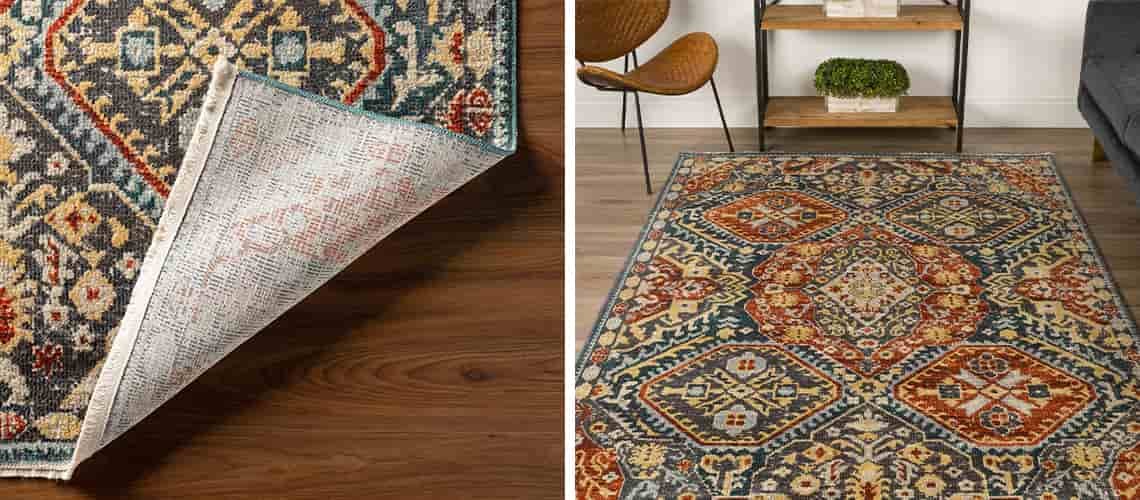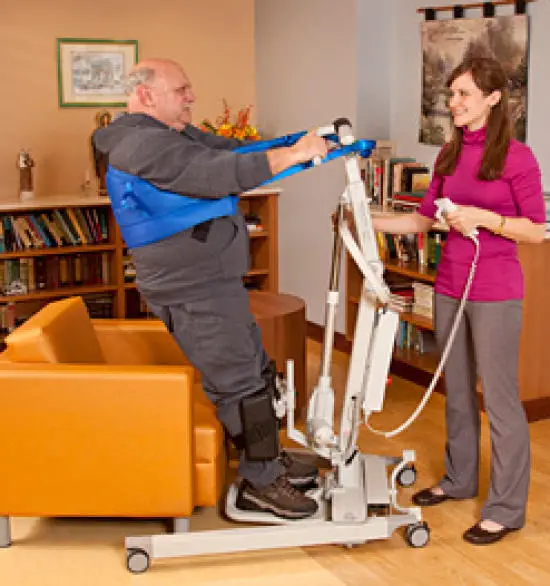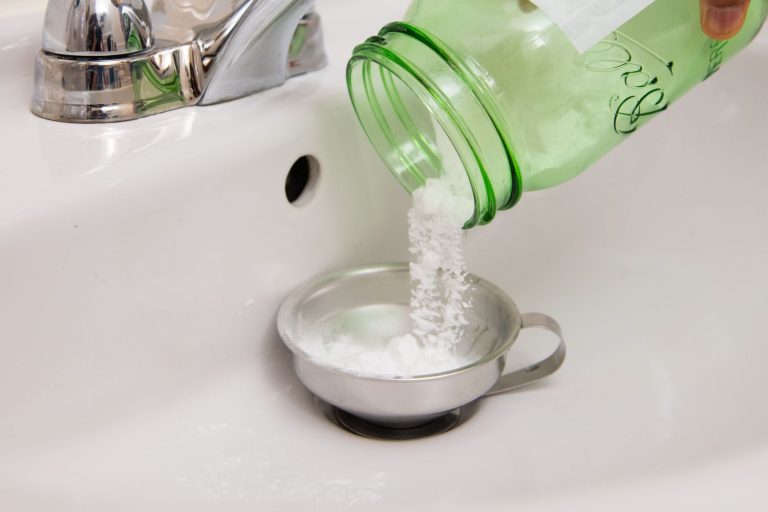How To.flatten A Rug
Flattening a rug can be a daunting task, but with a few simple steps, it can be done quickly and easily. Whether you need to flatten a rug that has been rolled up for storage or one that is already laid on the floor, this guide will help you get the job done. With a few common household items, you will be able to flatten any type of rug in no time. Keep reading to learn how to flatten a rug and keep it looking great for years to come.

Assessing the Rug
When it comes to flattening a rug, the first step is assessing the rug. This involves looking at the material, size, and condition of the rug. It’s also important to take into account the type of floor or surface the rug will be laid on. Depending on the material, size, and condition, different techniques may be necessary to flatten the rug. For instance, if the rug is made from wool, it will require a different approach than if it is made from synthetic materials. Similarly, if the rug is small or large, it may need to be handled differently. Lastly, if the rug is in very poor condition or has been heavily worn, extra care will need to be taken when flattening it. Taking the time to assess the rug is essential in ensuring it is flattened correctly and safely.
Preparing the Rug
Preparing your rug for flattening is an important step to ensure you achieve the best results. First, vacuum the rug to remove dust and dirt that can distort the fibers and prevent them from laying flat. Secondly, check that the rug is free of any loose threads or fraying edges that might cause the rug to curl up again. Finally, make sure the rug is completely dry before attempting to flatten it. Doing this will ensure that the fibers are in their optimal state, allowing them to settle into their new positions. With these simple steps, your rug should be ready to be flattened and given a fresh look.
Selecting the Iron or Steamer
When it comes to flattening a rug, selecting the right tool is crucial. Some people prefer an iron, while others prefer a steamer. Irons are great for achieving a flat surface, but they require a lot of time and effort. Steamers, on the other hand, are much faster but can leave the rug damp and can cause wrinkles to reappear.
When using an iron, it is important to use a low heat setting and to constantly move the iron over the rug. This ensures that the rug is evenly heated and that the rug is not damaged by the heat. The key to success is to work slowly and to be careful not to leave the iron in any one place for too long.
Steamers, on the other hand, are faster and more efficient than irons. However, they come with some risks. It is important to keep the steamer moving over the rug to avoid the rug getting too wet and to prevent the steam from damaging the fabric. It is also important to keep the steamer about an inch away from the rug.
When it comes to deciding between an iron and a steamer, it is important to consider the purpose of the rug, the size, and the amount of time and effort required. Irons are great for achieving a flat surface, but they require a lot of time and effort. Steamers, on the other hand, are much faster but can leave the rug damp and can cause wrinkles to reappear. So, it is important to make sure the right tool is chosen for the job.
Heating the Iron or Steamer
Heating the iron or steamer is one of the most effective ways to flatten a rug. The heat helps to relax the fibers and loosen any creases or wrinkles. Before using an iron or steamer, be sure to test the heat setting on a scrap piece of the rug or a hidden area to ensure that it won’t cause any damage. Start by turning the steam setting on the highest setting. Place the hot iron or steamer onto the rug and press down. Hold the iron or steamer over the rug for several seconds until the rug is slightly damp. Move the iron or steamer to another section of the rug and repeat the process until the entire rug is heated and flattened. This method may take some time, but it is one of the most effective ways to flatten a rug. Be sure to check the temperature setting repeatedly to prevent any damage to the rug.
Positioning the Rug on the Floor
Positioning a rug on the floor correctly is the first step to flattening it. When laying out the rug, ensure that it is in the desired spot, as moving it once it’s on the floor can be difficult. Make sure the rug is centered in the room, and that the edges are straight with the walls. Check the rug for any lumps or wrinkles before continuing. If the rug does not lie flat, use a heavy object (such as a book) to press it down. If there are any stubborn creases, try rolling the rug in the opposite direction of the crease. If the rug is still not flat, it may be necessary to use a steam cleaner to remove the creases.
Ironing or Steaming the Rug
When it comes to flattening a rug, ironing and steaming are two of the most popular methods. Ironing is a great option for smaller rugs that are not too heavy. All you need to do is lay the rug on a flat surface and use an iron on the lowest setting. Make sure to do this in a well-ventilated room and keep the iron moving to avoid burning the rug.
Steaming is an ideal option for larger rugs that are too heavy to move. You’ll need a steam cleaner to do this, and it’s important to use hot water and a good steam cleaner to ensure that the rug is thoroughly steamed. Make sure to keep the steamer moving and avoid steam patches, as these can damage the fibers of the rug.
No matter which method you choose to flatten your rug, it’s important to be careful and take your time. Both ironing and steaming can cause damage to the rug if done incorrectly. So make sure you follow the instructions carefully and take your time to ensure that your rug is flat and smooth.
Refinishing the Rug’s Edges
Flattening a rug is an important step in the rug-refinishing process. Not only does it help keep the rug’s edges looking neat and tidy, but it also helps to protect the rug’s fibers from fraying. The most common way to flatten a rug is to use a heavy object or a roller to press down on the edges. However, there are some additional steps that you should take to ensure that your rug’s edges remain neat and tidy.
First, you should clean the rug and use a vacuum to remove any dirt or dust that may have accumulated. Then, use a flat object such as a ruler or a straight edge to measure the rug’s edges and make sure they are all even. Once you’ve done this, it’s time to flatten the edges.
Start by placing a heavy object on the edge of the rug and pressing down firmly. Be sure to use a smooth object, like a roller, to ensure that you don’t damage the rug’s fibers. You can also use a steam iron to press down on the edges of the rug. This will help to soften the fibers and make them easier to flatten.
Once you’ve finished flattening the edges, you can use a rug adhesive to attach the edges to the floor. This will help keep the rug in place and prevent it from slipping. Finally, use a vacuum to remove any excess dirt or dust that may have accumulated during the process.
Flattening a rug is an important step in the rug-refinishing process, and following these steps will help ensure that the edges of your rug remain neat and tidy.
Cooling the Rug
When it comes to flattening a rug, cooling it is an important step in the process. Cooling the rug will help it to lay flat and reduce any creases or wrinkles. One way to cool the rug is to place it in a sealed plastic bag and leave it in the freezer for a few hours. This will help the rug to relax the fibers and make it easier to flatten. Another option is to place the rug outside in the shade in the morning and let it air dry for a few hours. This will help the rug to cool down and become more manageable. Additionally, you can use a fan to help circulate the air around the rug, which will help it cool down faster. Whatever method you choose, make sure the rug is completely cool before attempting to flatten it. Once cooled, you can use weights, such as books or sandbags, to help flatten the rug. This will keep the rug in place and allow it to become more flat. With the use of these cooling and flattening techniques, you will be able to keep your rugs looking great!
Removing the Iron or Steamer
Removing the iron or steamer is an important step in the rug flattening process. Ironing and steaming are often used to remove wrinkles and to make a rug look more uniform. Although this step can be done by hand, it can be time-consuming and difficult to do. Using an iron or steamer can make it much easier and quicker.
When using an iron or steamer, make sure to use the correct temperature setting and move the appliance slowly over the rug. This will ensure that the rug is not damaged and that the wrinkles are removed properly. After this step is complete, it is important to let the rug dry completely before proceeding.
In addition, when using an iron or steamer, make sure to keep the appliance away from any furniture or other items that could be damaged by the heat. It is also important to wear protective gear when handling hot appliances. Following these safety precautions will ensure that the rug flattening process is completed safely and effectively.
Cleaning up the Rug
Cleaning up a rug is an important step in the process of flattening it out. Without proper cleaning, dirt and dust particles can get stuck in the fibers, making it more difficult to flatten and also making it look less attractive. To get started, vacuum the rug on both sides. This will help to remove any dirt and debris that might be stuck in the fibers. If there are any tough stains, use a carpet cleaning solution and a brush to gently scrub them away. After cleaning, hang the rug in a sunny spot and let it dry naturally. Once the rug is dry, it will be easier to flatten and it will look much better.
Finishing Touches
Once you’ve finished flattening your rug, it’s time to give it the finishing touches. To ensure your rug looks the best it can, you’ll need to make sure it’s evenly distributed. You can do this by gently patting the edges and center of the rug. This will help it to settle into the floor and create a smoother look. Additionally, you may want to give the rug a quick vacuum to remove any trapped dirt or debris. Finally, if you have an area rug, you might want to use a rug pad or underlayment to provide extra cushioning and prevent it from slipping around. With these few simple steps, you’ll have a perfectly flattened rug that looks great in any room.
FAQs About the How To. flatten A Rug
1. What should I do before flattening a rug?
A. Vacuum the rug thoroughly before attempting to flatten it.
2. How can I flatten a rug that won’t lay flat?
A. Lay the rug out in a sunny spot, and use heavy objects to weigh it down.
3. What materials are best for flattening a rug?
A. Heavy books or furniture pieces are ideal for weighing down a rug to help flatten it.
Conclusion
Flattening a rug can be a daunting task, but with the right technique and a bit of patience, it can be done. To flatten a rug, you will need to start by rolling it up tightly and tying it with rope. Then, lay the rug out on a flat, even surface, and place heavy objects on top of it to help flatten it down. Finally, leave the rug for a few days and it should be flattened and ready to use. With the right technique, flattening a rug can be a simple and straightforward process.







